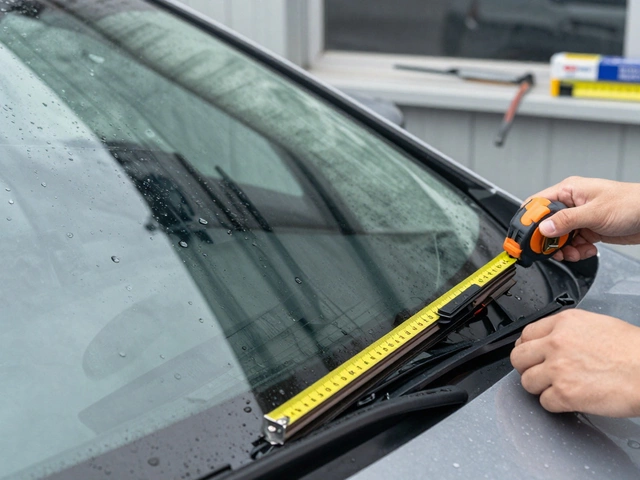Weather and Car Maintenance: How Conditions Affect Your Vehicle
When you think about weather, the daily conditions like temperature, rain, snow, and humidity that affect how your car performs. Also known as climate impact on vehicles, it doesn’t just change what you wear—it changes how your engine, battery, and suspension work. Cold winters drain your car battery health, how well your battery holds charge and starts the engine under stress. Hot summers push your radiator replacement, the system that keeps your engine from overheating to its limit. Rain and road salt speed up rust on brake parts and suspension components. Weather isn’t just background noise—it’s an active player in your car’s health.
Bad shocks don’t just make your ride bumpy—they make stopping longer, especially on wet roads. If your suspension diagnostics, the process of checking shock absorbers, struts, and related parts for wear is ignored during winter, you’re driving on borrowed time. A failing fuel pump might not show up until the temperature drops and the fuel thickens. And that oil you changed last month? If it’s the wrong viscosity for freezing temps, it won’t flow fast enough to protect your engine. These aren’t separate issues—they’re all tied to what’s happening outside your windshield.
You don’t need to be a mechanic to spot weather-related trouble. A slow crank in the morning? That’s your battery fighting the cold. A strange noise over bumps after a snowstorm? Your shocks might be packed with ice or worn out. Your car doesn’t care about the forecast—it just reacts. The good news? You can stay ahead of it. Below, you’ll find clear, no-fluff guides on checking your battery, spotting failing shocks, understanding radiator failure, and more—all rooted in real-world weather challenges drivers face every day. No theory. Just what to look for, when to act, and how to keep your car running no matter the season.





